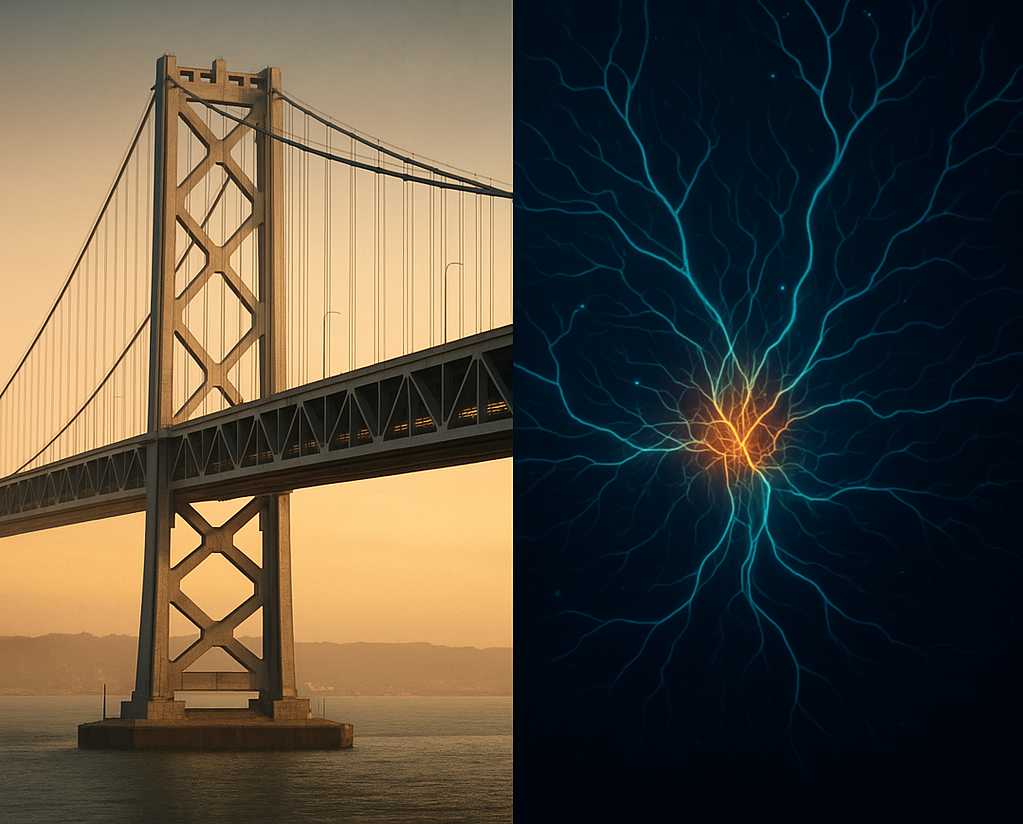At first glance, IT may appear to be a natural extension of classical engineering. After all, many of the foundational practices – project management, system architecture, quality control – were borrowed directly from traditional engineering disciplines. But scratch the surface, and you'll find that modern IT operates on fundamentally different principles.
The key difference? We're not building bridges.
From enduring structures to evolving ecosystems
Classical engineering is about building physical structures meant to last. A bridge, for example, is designed to stand for a century, with construction timelines that span years. The underlying materials and technologies used in such projects evolve gradually – typically on a 20-year cycle or more.
In contrast, IT moves at a radically different pace. Technology lifecycles are often measured in months, not decades. A software stack chosen at the outset of a multi-year IT transformation may already be partially obsolete by the time the project concludes – if approached with a traditional engineering mindset.
This mismatch is not just inconvenient – it’s risky.
Why the classical approach no longer fits
Until about 10 or 15 years ago, applying classical methodologies to IT projects was still viable. The pace of change was manageable. Teams could work from fixed specifications, implement stable technologies, and build toward a known outcome.
But those days are over.
Today, the IT landscape is marked by constant evolution. Agile methodologies emerged as a response, emphasizing flexibility and iterative development. More recently, microservices architectures have further enabled teams to decouple systems, evolve components independently, and integrate emerging technologies without tearing down and rebuilding entire infrastructures.
Toward a new paradigm: IT as a living system
Still, borrowing concepts from classical engineering – even Agile ones – may not go far enough. Modern IT systems are no longer static constructs. They are living, evolving ecosystems.
Whether we're talking about cloud-native architectures, SaaS platforms with continuous deployment, or AI-enhanced services that iterate weekly, the reality is the same: IT today is defined by impermanence.
Systems must be designed not just to function, but to adapt – to new tools, new threats, and new user needs. In this context, an IT stack is less like a bridge and more like a living organism. It grows, it mutates, it sometimes sheds outdated components, and it constantly learns from its environment.
Why this matters
This isn't just a philosophical shift – it has practical implications. Embracing the idea of IT as a living system helps organizations:
- Build more resilient and future-ready architectures
- Reduce the risk of obsolescence
- Foster continuous innovation and agility
- Align IT more closely with fast-changing business needs
At Faseo, we believe this mindset shift is essential for digital transformation success. It’s time to stop building bridges – and start growing living systems.
